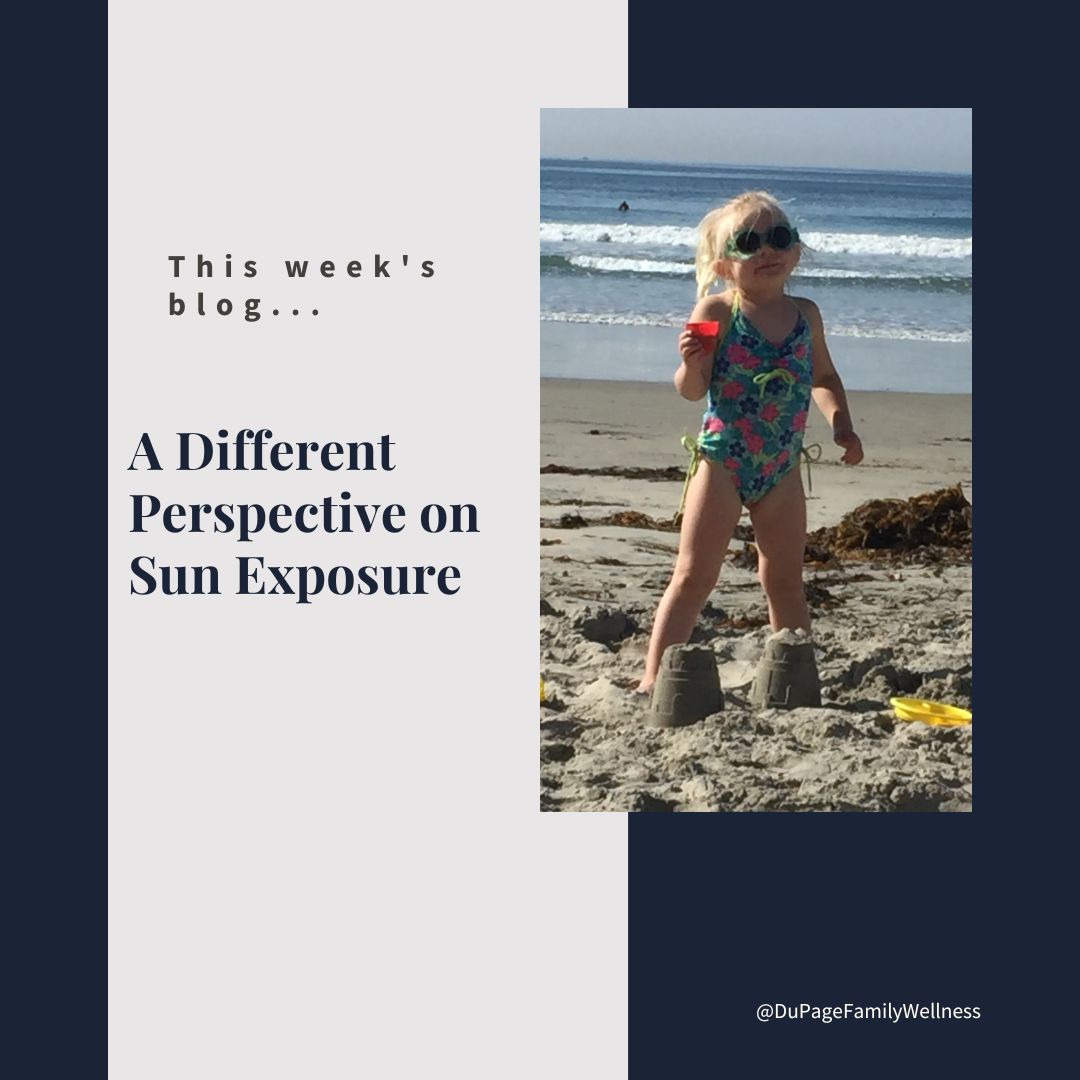 It is time to start talking about the impact of sun exposure. You may expect a reminder to wear sunscreen, but some research indicates that spending time in the sun without getting a sunburn promotes health rather than leading to skin cancer.
It is time to start talking about the impact of sun exposure. You may expect a reminder to wear sunscreen, but some research indicates that spending time in the sun without getting a sunburn promotes health rather than leading to skin cancer.
This may challenge the common thought about sun exposure, and it is important to understand the nuance involved. I do not want you reading this and thinking you can start spending all day at the pool without the proper precautions.
Let’s explore how healthy sun exposure might look for you this summer.
Learning from our Ancestors
Our ancestors long ago were outside in the sun hunting, gathering, and living in the community. Their survival depended on being out in the elements. They didn’t have temperature-controlled homes, so being outside was common.
In general, current generations spend less time outside in the sunshine than previous generations. The comfort of an air-conditioned home and other modern technology draws people inside in warm weather preventing exposure to the sun.
Though our ancestors did this out of necessity, modern-day research shows this kind of living has many physical and mental health benefits. It is especially important to be intentional about this in northern areas where the sun is not as direct.
Benefits of Sunshine
Sunshine can make you feel lighter, move more, sleep better, and have more energy. It tends to chase away the winter blues, giving us a fresh perspective on life. But did you know it can also affect our longevity?
One study found that sunshine could “reduce blood pressure, cut the risk of heart attack and stroke - and even prolong life.” It states that since heart disease and strokes linked to high blood pressure cause about 80 times more deaths than those from skin cancer, the benefits may outweigh the risks.
But, we may not even have to worry as much about cancer as traditionally thought. According to Dr. Ruscio, sun exposure leads to the formation of the active form of vitamin D (1, 25-OH) which improves DNA repair and may PROTECT the skin from cancer (as opposed to causing skin cancer as most people think).
Other studies suggest that sun exposure demonstrates a significant REDUCTION in all causes of mortality. With this in mind, we must question the belief that sun exposure is dangerous.
Guidelines for Exposure
Chris Kresser, an expert in functional medicine, explains that the studies on sun exposure were based on light-skinned people of European ancestry who lived in Northern Australia.
Since the research did not account for skin tone and geographical location the guidelines can not be generalized for the entire population. Most people living in areas with a lower ultraviolet (UV) index need different guidelines.
So, what guidelines does Kresser recommend?
- spend half the time it takes for your skin to turn pink outside without sunscreen (do this at least 2-3 days a week).
- use shade, light clothing, and a wide-brimmed hat if you will be outside for an extended period of time.
- remember the time of day, latitude, and season impact the sun’s intensity (tropics vs. the Midwest).
- establish a baseline tan in the spring or early summer.
- use wisdom on vacation (consider the sun's intensity and if you have a baseline tan).
- babies under 6 months don’t have much melanin (opt for limited sun exposure in the morning and late afternoon rather than at noon).
Easy Ways to Get Sun
Building time outside into our daily routines doesn't need to take any extra time.
- eat outside with a quiet breakfast on the deck
- do a picnic for lunch or dinner.
- move outside in nature rather than going to the gym
- meet friends at a park instead of staying home or going to the coffee shop
- take phone calls outside; you can even go on a walk
What About Sunscreen
According to Kresser, most sunscreens on the market are not safe. They contain chemical ingredients like fragrances, parabens, alcohol, chemical solvents, and petroleum oils that break down when exposed to sunlight.
Babies are especially susceptible to the toxic effects of many common sunscreen ingredients, so use light clothes and shade instead.
My family uses locally made natural sunscreen from “A Dirty Hoe.” It is a natural mineral-based product that does not contain the chemicals and preservatives in most commercial sunscreens.
I love being with my kids outside. How could you get some sunshine every day?
Dr. Jamie

